An article by Mark Winkle
The great benefit of an open mind is that we learn lessons from all sorts of unusual places. A key skill for CEO’s, CFO’s, CIO’s and anyone looking to build consensus, is the ability to create an engaged alliance around an idea or end goal.
In the business world we learn lessons from diverse sources; so what can we learn from consensus and collaboration building in an environmental context?
The twenty ‘tools’ below have been adapted from the world of environmental development, where the task of consensus, collaboration and alliance building is often a tough challenge.
It’s a sector characterised by wide ranging and strongly held views, often with diametrically opposed groups in entrenched positions across the environmental policy lobbies, dealing with complex challenges.
- BREADTH OF VISION: When two or more groups are potentially, or actually, at odds with each other over fundamental issues, it is always better to co-convene, co-host, or co-manage a stakeholder process.
- CREATE A VISION NOT A PLAN: Stakeholder processes usually have beginnings, middles, and ends. Make game plans negotiable and transparent.
- ENGAGEMENT, OPENNESS AND RELATIONSHIPS: People need to know each other as individuals, not just as Finance, Branch, or User Representatives. Learn each other’s histories. Share a meal together.
- BE OPEN ABOUT DECISION MAKING: Clarify the "rules of the road" before you start trying to build agreements - who makes final decisions, how will representation be established, how will the group decide things?
- POWER, WHO IS DRIVING YOUR STAKEHOLDERS: Different groups, come to the table with different kinds of standing, control over resources, and access to decision-making.
- GIVE YOUR STAKEHOLDERS METAPHORS AND OPPORTUNITIES FOR SUCCESS: Successful stakeholder groups often invent or institute small habits that give members a sense of identity, small routines, metaphors of success, shared experience, etc.
- FORGET THE TIMELINE AND CRITICAL PATH, WITH ITERATIVE STRATEGIES: Overly structured processes and agendas with detailed times are off-putting to people who come from storytelling traditions. Resist bearing down directly on "problems" and "solutions" and "getting right to work."
- CREATE CORE "VALUES" AND ACCESSIBLE TRUTHS: Explicitly talk about the values participants bring to the table before you talk about problems, data, or potential solutions.
- CREATE A ‘RICH’ ENGAGEMENT-DATA-KNOWLEDGE MODEL: From the beginning, explicitly recognise that there are different ways of "knowing" and different modes of communicating important facts and ideas.
- CREATE A MOMENTUM STRATEGY NOT A SWAMP: Do not assume that problem solving proceeds from a single definition of the issues. No definition is wrong or "off the table."
- COMMUNICATING THE VISION SIMPLY: Do not rely solely on meetings, conversation, and negotiating sessions. Invite hand drawn (rather than slick) diagrams, maps, and pictures. Create joint maps and pictures.
- CREATE "JOINTLY OWNED" KNOWLEDGE: If information really is power, then information that has been brought to the table and shared is especially powerful.
- EXPLORE PERSPECTIVES ACCURACY WITH CARE: All information - scientific, technical, traditional, cultural, local, or remembered - is subject to questioning, it is acceptable to ask people, respectfully, to substantiate what they are saying.
- ARTFUL POLITICS, DO IT GRACEFULLY: Organisational conflicts are inevitably embedded in ‘political’ contexts where tough value choices are at play.
- BRIDGING THE INFLUENCERS GAPS: Professionals pitch their knowledge from "away", organisational groups, legacy teams from "here". Without dumbing things down, keep presentations as simple and clear as possible.
- CREATE LEARNING "SIDEBARS" AND LISTEN: When matters of significant technical or cultural complexity arise, establishing sidebar groups or working committees is usually useful.
- CREATE A "LEARNING INPUT" CULTURE: Build a group norm to support joint inquiry. This ensures that knowledge will be built slowly with contributions from each participant.
- VISION AND METAPHOR STORYTELLING: Stories are the single most accessible way for human beings to communicate in groups. Often local or cultural knowledge is located in stories.
- MANAGING TRANSITIONS AND OUTCOMES: No matter how we try, not all collaborative processes end up with integrated solutions; try to create structures that reinforce continuing relationships and trust building.
- CREATE STRONG ENDINGS: Stakeholder groups often run out of steam toward the end of the process. Resist the temptation to leave things unsaid or undocumented.
Taking onboard even some of these attributes and actions and adapting them to your own ‘environment’ is likely to raise your perception of alliance building and emotional engagement to an enhanced level, which is important for both your business and career goals (see article on emotional intelligence).
Thanks to the: The National Policy Consensus Centre, Urban & Public Affairs, USA.

